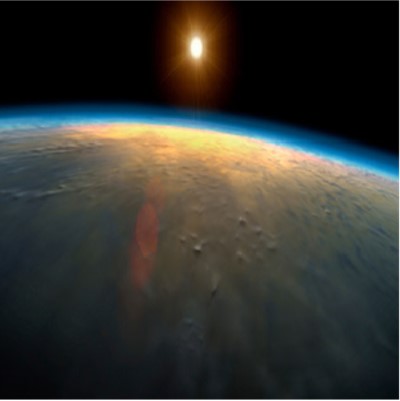Big History Project
The Big History Project is an approach to history education that integrates multiple disciplines of science and history into a single course. “Big History challenges students to think critically and broadly, and tries to ignite a passion for inquiry and exploration. In addition to helping students master the sequence and scope of 13.8 billion years, the course develops essential skills and intellectual tools such as: thinking critically across scales and disciplines, building informed arguments, making and testing claims, and writing.” This site provides materials for students and teachers to learn beyond their comfort zones and to expand beyond one discipline; it is highly recommended as an introductory class and/or an extension curriculum. In so doing it encourages all learners to think beyond one narrative of the past and to embrace the notions of multiple perspectives so that students can grapple with layers of complexities and better understand the variety of elements that create our world.
In this course educators begin with the beginnings of time and work with their students to answer essential questions, including the following ones:
1. What does 13.8 billion years of history tell us?
2.How does knowing so much about the past influence how we think about the future?
The high school curriculum was begun in 2011 (I co-taught it for two years with a biology/zoology teacher from 2013-2015); since 2017 the materials have been easily available for all free of charge. A project-based course, it argues that there are eight thresholds of increasing complexity and that each one will evolve into the next one due to so-called “Goldilocks Conditions”, the correct mixture of factors allow for something new and more complex to emerge: the Big Bang, Stars Light Up, New Chemical Elements, Earth and the Solar System, Life on Earth, Collective Learning, Agriculture, and the Modern Revolution. They are to be taught in ten units. A group of scholars, including academics from a variety of disciplines, and teachers contributed to the site. The educational version can be found directly in this link -- https://www.oerproject.com/Big-History -- and while educators must register for it, it is also free to use. It embraces the use of open educational resources.
The site includes videos with captions and transcripts, complex texts, animations, comic books, infographics, interactive classroom activities, leveled readings, audio readings, cartoons, a variety of primary sources, links, lesson and unit plan created by teachers, teaching guides, investigations, project-based learning (PBL) activities and culminates in the Little Big History Project in which a student – or groups of students – investigate one object from multiple thresholds in its complexity.
Innovative and student-centered, the course provides countless ways to spark student interest and while it is centered on “the big picture” all of the case studies – it is after all a case study approach -- are well chosen, historically accurate, based on open-ended essential questions, and educationally challenging. The student-centered work emphasizes cooperative learning, project-based assessments, use of rubrics, lesson quizzes and exams and countless creative writing activities. It would be a fine addition to any school’s curriculum and can be used at a variety of grade levels; its studies and data collection show the support and value of it among educators and students alike.
Credits
James A. Diskant, Ph.D, a historian of modern German History, is a retired high school history and government teacher. From 2001 to 2017 he taught at the John D. O’Bryant School of Mathematics and Science in Boston, Massachusetts, where he taught courses in world and big history, as well as in government and in research methods. As the author of student-based curricula, he had been an active member of history and pedagogical associations, including the World History Association and the National Council for the Studies, where he led workshops for teachers. He currently lives in Berlin, Germany and is an active member of EuroClio’s History and Learning Team.
